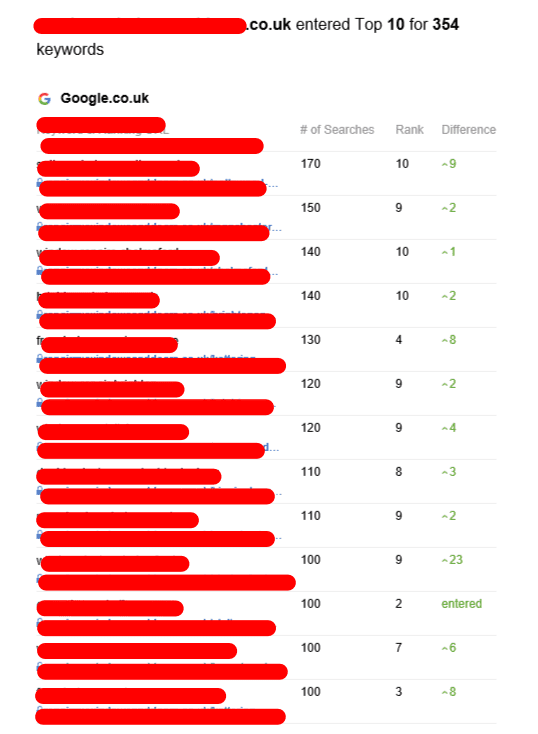10 Healthy Tier 2 Backlink Habits

Backlink Tier - The Hierarchy of Backlinks That Scale Your SEO Campaign
Backlink tier refers the hierarchy of links you design to boost your SEO campaign. Each level adds an additional layer of protection against Google and its penalties.
To get it right it will take a lot of effort and time. That's because Google takes weeks to find new backlinks and evaluate their quality on per-link basis.
First-Tier Links
The first tier of links that will lead to your piece of content should be high-quality dofollow backlinks on reputable websites. These links are known as Tier 1 backlinks, and they are the foundation of your link-building strategy. They give your website enough domain authority for it to rank highly on the search engine result pages. If, for example, your blog post was published on HubSpot and included a tier-one hyperlink to SearchEngineLand's compilation Link Building Statistics then SearchEngineLand’s web rankings will benefit from the link equity that HubSpot handed over.

The second tier can be more diverse and contain low-quality backlinks, like spammy forum posts or bookmark sites with low value and directories. However, the main goal for the second tier 2 is to create high-quality content that will link to your first-tier links. This is because content that is of high quality can enhance the content it is placed within, and not stand out as a unique addition to SEO purposes.
To build an effective tiered link building campaign you'll need to invest in the creation of quality content and utilizing tools like RankerX or GSA. The time and money spent manually performing a tiered campaign could be worth it if you wish to see the increased ranking benefits of a properly constructed backlink pyramid.
Second-Tier Links
Tiered link construction is designed to direct users through other pages before reaching your website. In order to achieve this, it's important to choose second-tier backlink sources that are relevant to your industry and website. Contrary to profile profiles guest blog posts are able to perform well in this regard since they provide valuable content that users want to consume.
You should be cautious about using the tier-2 links on forums or other low quality sites. Choose pages that are of high-quality for articles in the industry or guest posts. These links will be more natural and will have greater impact on your ranking in search engines. Additionally they're more likely be identified by Google as passing link equity, which could increase their ranking value in SERPs.
If you want to increase your SEO rankings It is important to know that obtaining high-quality links manually isn't easy. It could take months to send guest blog posts to first-tier publishers, and even longer to wait for them to be published. In addition, it could take weeks to see the outcomes of your efforts in increasing traffic to your site and conversions.
Many SEOs also turn to automated tools to assist them in create links of second-tier. This approach could be in violation of Google's Webmaster Guidelines and result in a penalization.
Third-tier Links
This level has a massive number of links, a few of which are borderline-spam. second tier link building are posted on social media platforms, as well as user-generated content sites like Quora. They help with the indexing of tier two links but don't give any link equity to the promoted resource. Typically, they are nofollow links. In this phase marketers are more focused on quantity than quality. They use tools to post numerous links on forums, in comment sections of blog posts and articles directories, as well as other similar locations. In this case tiered link building is an undefined area and is in violation of Google's webmaster guidelines.
Link-building campaigns that are classified require a lot of time and energy to be successful. It can take weeks or even months to get Google to index a single backlink, and after that it could take weeks or even months to see a significant SEO impact. Marketers must be patient and employ a meticulously-planned content strategy.
Additionally marketers should avoid using numerous automation tools for this kind of linking. These tools could be in violation of rules regarding search engine optimization and result in penalties. It is better to manually select links and publish them on relevant websites of donors instead of using automated tools like GSA or RankerX. This will prevent the search engine from penalizing a promotion by removing links of poor quality.
Fourth-Tier Links
Tiered link building is still an effective method to improve website rankings. Since Google has been making major efforts to eliminate "black-hat" SEO techniques, tiered link building methods have been affected.
This is due to the fact that they are considered to be gray-hat in the SEO world and can be penalized if used improperly. Tiered links are backlinks built on various levels of a pyramid. The primary goal of these backlinks is the increase in the ranking of a site promoted in search engine results. The web page that is promoted will rank higher than its competitors and will receive more organic traffic.
This is a lower-quality tier of backlinks and is generally nofollow. Additionally this tier may comprise low-quality social media profiles, directories and article networks. These links can be built naturally or by using strategic automation solutions. However they must be unique in terms of niches, domains and their relevance.
These backlinks, as well as being poor-quality and non-follow may also be a source of trouble when they're not sufficiently diversified. This is because Google has a very advanced group of hounds that are constantly looking for patterns in backlink profiles as well as techniques. If they are found and subsequently uncovered, it could result in an infringement not only for the team responsible for building links, but also for its customers.
